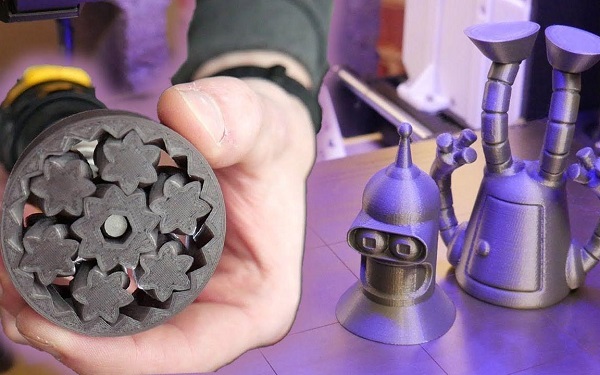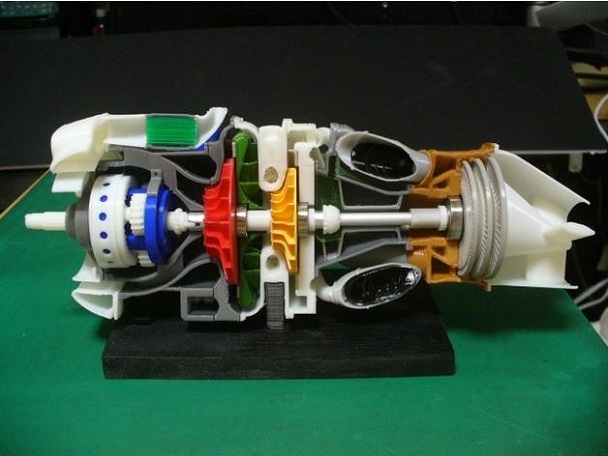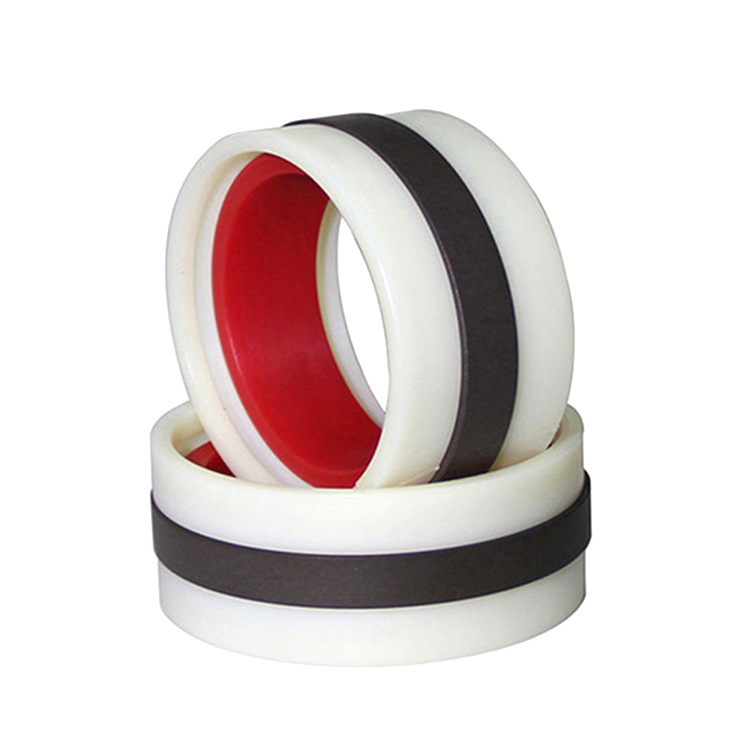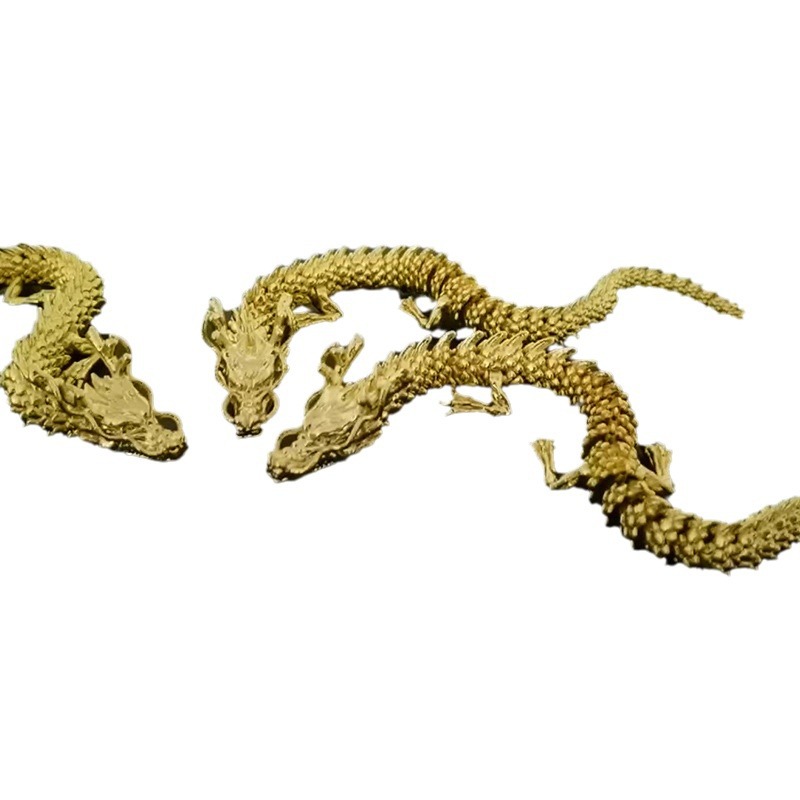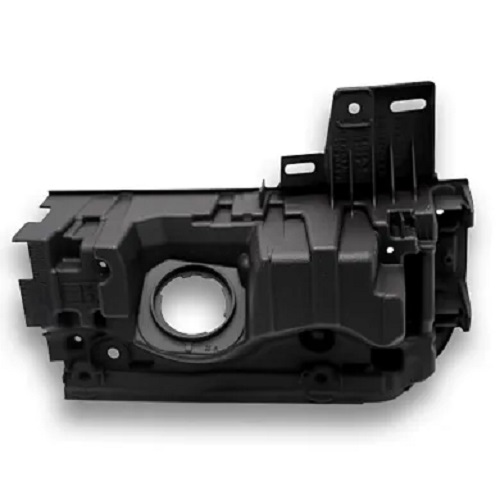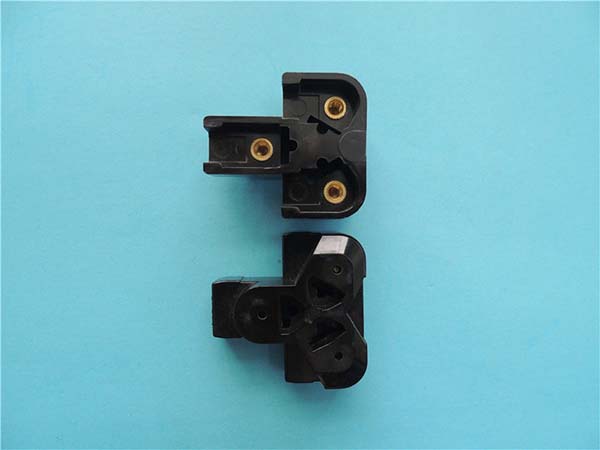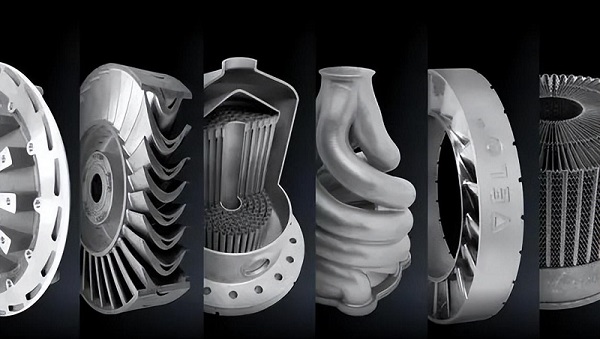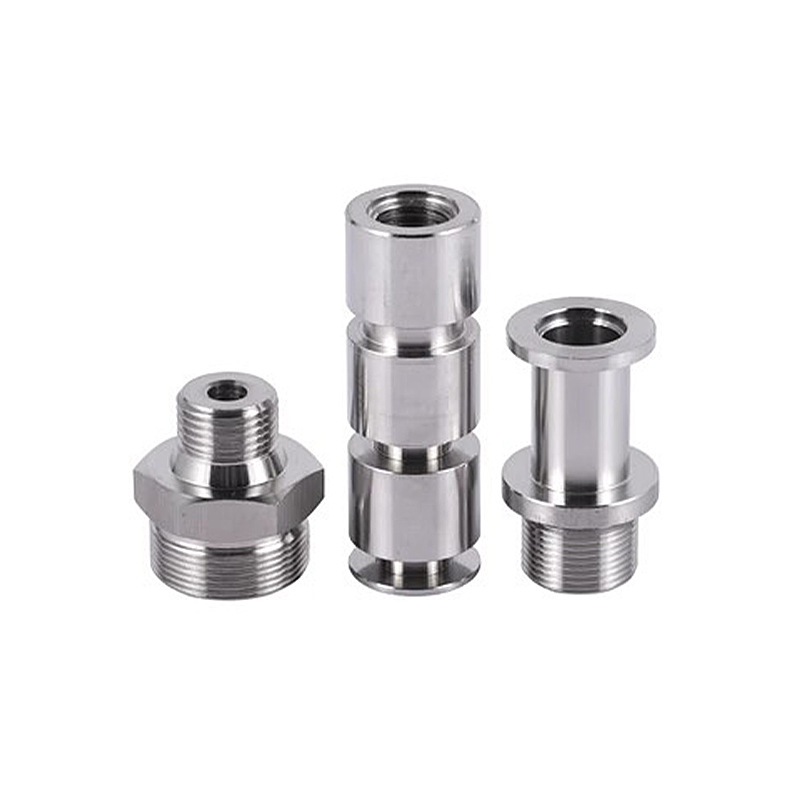If you’re wondering what 3D aluminium printing is and how it’s changing manufacturing, you’re in the right place. Simply put, 3D aluminium printing (also called additive manufacturing for aluminium) is a process that builds three-dimensional parts layer by layer using aluminium or aluminium alloy materials. Unlike traditional manufacturing methods like casting or machining—where you remove material from a solid block or pour metal into a mold—3D printing adds material only where it’s needed. This makes it ideal for creating complex, lightweight parts that are hard or impossible to make with other techniques. Whether you’re in aerospace, automotive, or even consumer goods, this technology offers unique benefits, but it also has key considerations to keep in mind. Let’s break it all down step by step.
How Does 3D Aluminium Printing Work?
To understand 3D aluminium printing, you first need to know the main technologies used—since not all 3D printing methods work well with aluminium. The two most common processes are Selective Laser Melting (SLM) and Electron Beam Melting (EBM), both part of the “powder bed fusion” family. Here’s a simple breakdown of how they work:
- Material Preparation: Aluminium is turned into a fine powder (usually 20-60 micrometers in size) to ensure it melts evenly. Alloys like AlSi10Mg (aluminium-silicon-magnesium) and Al6061 are popular because they’re strong, lightweight, and easy to print.
- Layer by Layer Building: A thin layer of aluminium powder (about 20-50 microns thick) is spread across a build platform.
- Melting and Fusing: In SLM, a high-powered laser (typically 100-400 watts) melts the powder in specific areas based on a 3D model. In EBM, an electron beam does the melting instead—this works faster but requires a vacuum chamber.
- Cooling and Repeating: The melted aluminium cools and solidifies almost instantly, forming a single layer of the part. The build platform then lowers slightly, and the process repeats until the entire part is finished.
- Post-Processing: After printing, the part is removed from the powder bed. Excess powder is cleaned off, and the part may go through heat treatment (to reduce stress and improve strength) or machining (to smooth surfaces).
A real-world example: Aerospace company Boeing uses SLM 3D printing to make aluminium brackets for its 787 Dreamliner. These brackets are 30% lighter than traditionally made ones and take 50% less time to produce—all while meeting strict safety standards.
Key Benefits of 3D Aluminium Printing
Why choose 3D aluminium printing over traditional methods? Its advantages solve common pain points in manufacturing:
- Lightweight yet Strong: Aluminium is 1/3 the weight of steel but still durable. For industries like automotive and aerospace, this means better fuel efficiency (a 10% weight reduction in a car improves fuel economy by 6-8%, per the U.S. Department of Energy) without sacrificing performance.
- Complex Designs Made Easy: Traditional methods struggle with hollow parts, internal channels, or intricate geometries. 3D printing lets you create these in one piece—no assembly needed. For example, medical device makers use 3D aluminium printing to make custom hip implants with porous surfaces that help bone grow into the implant, improving long-term stability.
- Less Waste: Machining aluminium can waste up to 80% of the original material (you cut away what you don’t need). 3D printing uses only the powder required for the part, reducing waste to 5-10%—and unused powder can be reused.
- Faster Prototyping: Creating a prototype with casting can take weeks (you need to make a mold first). With 3D printing, you can go from a 3D model to a physical part in 1-2 days. This speeds up product development—something startup electric vehicle companies rely on to test new designs quickly.
Challenges of 3D Aluminium Printing (And How to Overcome Them)
While 3D aluminium printing has big benefits, it’s not without hurdles. Understanding these challenges helps you plan for successful projects:
| Challenge | Explanation | How to Overcome It |
| High Cost of Equipment and Materials | SLM machines for aluminium can cost \(200,000-\)1 million, and aluminium powder is 2-3 times more expensive than solid aluminium blocks. | For small businesses: Use a 3D printing service bureau (like Shapeways or Protolabs) instead of buying your own machine. For larger companies: Calculate long-term savings (less waste, faster production) to justify the investment. |
| Powder Handling Risks | Aluminium powder is flammable if it’s in a fine cloud (not the solid powder in the bed). It can also cause respiratory issues if inhaled. | Follow strict safety protocols: Use a closed-loop powder handling system (to keep powder contained), wear N95 masks or respirators, and keep ignition sources away from powder storage areas. |
| Potential for Part Defects | If the laser/electron beam isn’t calibrated correctly, parts can have pores (tiny holes) or cracks—weakening the part. | Use pre-calibrated machines, test small samples first (called “coupons”) to check for defects, and use post-processing like hot isostatic pressing (HIP)—a process that uses high pressure and heat to close pores. |
| Limited Part Size | Most SLM/EBM machines have build chambers smaller than 300x300x300 mm. This means you can’t print very large parts (like a full car frame) in one piece. | Print large parts in sections, then join them using welding (for structural parts) or adhesives (for non-load-bearing parts). Some companies, like Airbus, use this method to make large aluminium components for aircraft. |
Common Applications of 3D Aluminium Printing (With Real Examples)
3D aluminium printing isn’t just a “future tech”—it’s already being used across industries to solve real problems. Here are the most impactful use cases:
Aerospace
Aerospace is one of the biggest adopters because weight and strength are critical. Airbus uses 3D aluminium printing to make bracket components for its A350 XWB aircraft. These brackets replace 16 traditionally made parts with 1 single 3D-printed part, reducing weight by 40% and cutting assembly time by 50%. Another example: NASA used EBM 3D printing to make aluminium parts for the Orion spacecraft, which is designed to take humans to the moon and Mars. The parts are lightweight enough to reduce launch costs (every pound launched into space costs about $10,000) while being strong enough to withstand the harsh conditions of space.
Automotive
Car manufacturers use 3D aluminium printing to make both prototypes and production parts. Tesla has experimented with 3D-printed aluminium rear subframes for its Model Y. The subframe (a key structural part) is made in 2 pieces instead of 70, reducing weight and simplifying the supply chain. For high-performance cars, Porsche used 3D aluminium printing to recreate a rare gearshift lever for its 959 supercar (built in the 1980s). Since the original tooling was gone, 3D printing let them make exact replicas without expensive new molds.
Medical
In medicine, customization is key—and 3D aluminium printing delivers. Zimmer Biomet, a leading medical device company, makes custom aluminium alloy hip implants. Doctors send a CT scan of the patient’s hip, and the implant is 3D-printed to match their exact anatomy. The porous surface of the implant also encourages bone growth, which means patients recover faster and have fewer complications. Another use: Dental brackets—3D-printed aluminium brackets are lighter and more comfortable than traditional metal brackets, and they can be customized to fit each patient’s teeth.
How to Choose a 3D Aluminium Printing Service (Or Machine)
If you’re ready to use 3D aluminium printing, here’s how to pick the right option for your needs:
For Small Businesses or One-Off Projects: Use a Service Bureau
Most small businesses don’t need their own machine—service bureaus handle the printing for you. When choosing one, look for:
- Material Options: Do they offer the aluminium alloy you need (e.g., AlSi10Mg for strength, Al6061 for corrosion resistance)?
- Quality Certifications: For industries like aerospace or medical, they should have certifications like ISO 9001 (quality management) or AS9100 (aerospace-specific).
- Lead Time and Cost: Ask for a quote that includes post-processing (like heat treatment) and check how long it will take—most services deliver parts in 3-7 days.
- Customer Reviews: Look for reviews from businesses similar to yours. For example, if you’re a small medical device maker, find a service that has experience with medical parts.
For Large Businesses or High-Volume Production: Buy a Machine
If you’re printing hundreds or thousands of parts monthly, a machine makes sense. Key factors to consider:
- Build Size: Make sure the machine’s build chamber is big enough for your largest part.
- Technology (SLM vs. EBM): SLM is better for small, detailed parts (it has higher precision), while EBM is faster for larger parts. EBM also works well for parts that need high strength (since the electron beam melts the powder more deeply).
- After-Sales Support: Does the manufacturer offer training for your team? Do they have a service team to fix the machine if it breaks?
- Cost: Remember to factor in ongoing costs (aluminium powder, maintenance, electricity)—not just the upfront price of the machine.
Yigu Technology’s Perspective on 3D Aluminium Printing
At Yigu Technology, we see 3D aluminium printing as a game-changer for manufacturing—especially for industries chasing sustainability and customization. The shift from “subtractive” (machining) to “additive” (3D printing) aligns with global goals to reduce waste: aluminium powder reuse cuts material waste, and lighter parts lower energy use in transportation. We’ve also noticed a growing demand for “hybrid” solutions—combining 3D printing with traditional machining to get the best of both worlds (complexity from 3D printing, smooth surfaces from machining). However, we believe accessibility is key: smaller businesses need more affordable access to 3D printing services, and the industry should focus on simplifying safety protocols for powder handling. As the technology matures, we expect 3D aluminium printing to move beyond prototypes and into more mass-production applications—making it a standard tool for manufacturers of all sizes.
FAQ About 3D Aluminium Printing
1. Is 3D-printed aluminium as strong as traditionally made aluminium?
Yes—when done correctly, 3D-printed aluminium can be just as strong (or even stronger) than traditionally made aluminium. Post-processing like heat treatment or HIP closes pores and improves strength. For example, 3D-printed AlSi10Mg has a tensile strength of 340-380 MPa, which is similar to cast AlSi10Mg (300-350 MPa).
2. Can 3D aluminium printing be used for outdoor parts?
Yes—but you need to choose the right alloy. Alloys like Al6061 or Al7075 have good corrosion resistance, making them suitable for outdoor use (e.g., automotive parts or outdoor furniture). You can also add a coating (like anodizing) to further protect the part from rust or weather damage.
3. How much does a 3D-printed aluminium part cost?
It depends on the size, complexity, and quantity. A small, simple part (like a 5x5x5 cm bracket) might cost \(50-\)100. A larger, complex part (like a 20x20x20 cm aerospace component) could cost \(500-\)2,000. Quantity matters too—printing 100 parts will cost less per part than printing 1 part (since you can reuse powder and optimize the build layout).
4. Is 3D aluminium printing safe for the environment?
Compared to traditional manufacturing, yes. It produces less waste (5-10% vs. 80% for machining) and uses less energy for some parts—since you’re not melting a large block of aluminium or transporting heavy molds. However, aluminium powder production does use energy, so it’s not 100% “green”—but it’s a more sustainable option than many alternatives.
5. Can I 3D print aluminium at home?
Probably not. Home 3D printers (like FDM printers) can’t melt aluminium (it requires temperatures over 660°C). SLM/EBM machines are too large, expensive, and dangerous for home use (due to the laser/electron beam and flammable powder). For home projects, stick to 3D printing services if you need an aluminium part.
